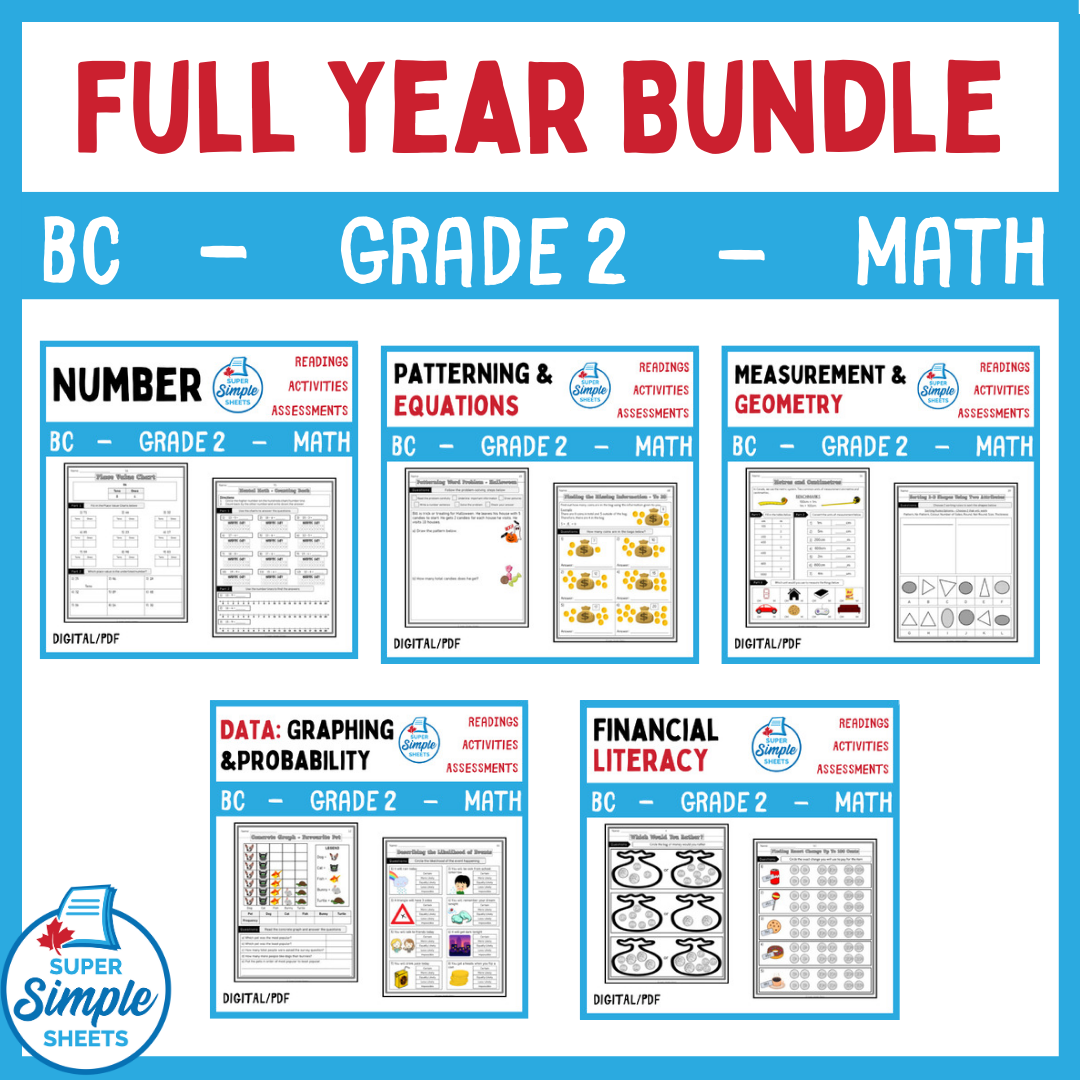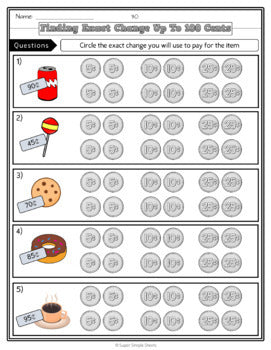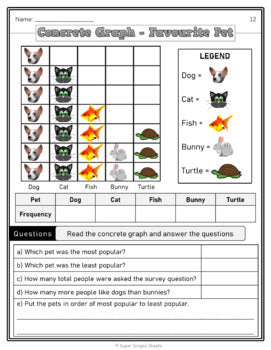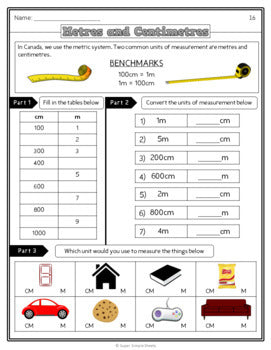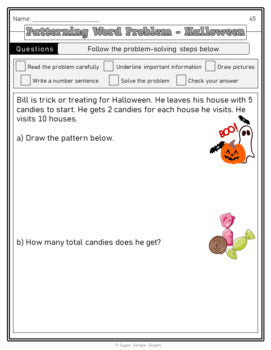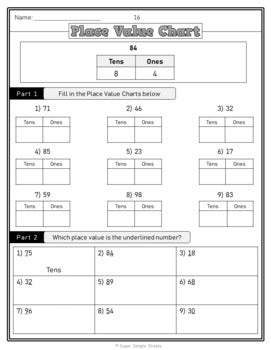BC Math Grade 2 Full Year Bundle
BC Math Grade 2 Full Year Bundle
Interested in a bundle? Shop below instead!
Couldn't load pickup availability
PRODUCT PREVIEW
DIGITAL AND PDF VERSIONS BOTH INCLUDED! Grade 2 - BC Math Curriculum Updated 2016 – This resource covers all expectations in the Grade 2 – BC Math Curriculum. This product contains 703 activity sheets.
Check out each of the strands below to learn more about the resources included in this bundle.
Strand 1 - Numbers
- Skip-counting by 2s, 5s, and 10s forwards and backwards
- Counting using different starting points
- Even and Odd Numbers
- Composing and decomposing whole numbers to 100
- Using base ten blocks to represent numbers to 100
- Counting money as base ten reinforcement ($100, $10, $1)
- Comparing and ordering numbers to 100
- Using benchmarks of 25, 50, and 100
- Place value (assignment as well as activity sheets)
- Adding and subtracting 0 from any number
- Number line addition and subtraction
- Communitive property – Addition
- Associative Property
- Estimating sums and differences to 100
- Addition mental math strategies: counting on, making tens, doubling, and more
- Subtraction mental math strategies: adding up – finding the difference, counting back
- Addition and Subtraction math facts to 20
- 2 Unit Tests
Strand 2 - Patterning and Equations
- Repeating Patterns (different shapes, sizes, colours, orientations)
- A/B/C patterns with up to 5 elements
- Describing, extending, comparing and creating repeated patterns
- Growing patterns
- Increasing patterns using numbers to 20, 50, and 100
- Pattern Blocks
- Pattern Rules
- Pattern Cores
- Relationships between whole numbers (number strings using 2, 5 and 10)
- Equalities and inequalities using pan balances
- Balancing equations pictorially and filling in the blanks
- Using variables (letters) to represent quantities in an equation
- Balancing addition and subtraction equations using whole numbers to 100
- Evaluating equations deciding if they are equal (balanced)
- 2 Unit Tests – Patterns and Variables
Strand 3 - Measurement and Geometry
- Measuring length using centimetres and metres
- Estimating the length of objects or distances in centimetres and metres
- Using printed ruler to measure the length of objects
- Sorting 2-D and 3-D shapes using two attributes
- Sorting cones, cubes, spheres, cylinders, and pyramids
- Counting vertices, and sides of 2-D shapes
- Drawing, labelling, and comparing triangles, squares, rectangles, and circles
- Finding squares, rectangles, and triangles in our environment
- Finding 2-D shapes as part of 3-D objects in our environment
- Looking for triangles, circles, rectangles, squares in bridges, houses, and other buildings
Strand 4 - Data: Graphs and Probability
- Formulate survey questions
- Formulate yes/no survey questions
- Gather information about from others
- Using tally charts
- Counting tally marks
- Using frequency tables
- Interpreting tally tables
- Interpreting pictographs and concrete graphs
- Creating pictographs and concrete graphs
- Drawing conclusions about different sets of data
- Ordering data from greatest to least frequency
- Describing probability using the following terms – impossible, certain, and possible
- Describing probability – equally likely, more likely, and less likely
- Describing the probability of experiments
- Describing the probability of events from a students life
- 2 Unit Tests (Graphing and Probability)
Strand 5 - Financial Literacy
- Making Benchmark Dollars
- Counting Dollars
- Skip Counting Using Bills
- Counting Benchmark Cents
- Counting Cents
- Skip Counting Using Coins
- Comparing Money Amounts
- Converting Cents to Dollars
- Counting Canadian Coins
- Representing Money in Different Ways
- Adding Money
- Finding Exact Change
- Paying For Things Up
- Needs and Wants
- Unit Test – Financial Literacy
This is a comprehensive unit that will save you hours of planning! It has been tested and found effective in helping students achieve the specific learning outcomes created by the Ministry of Education.
Share
